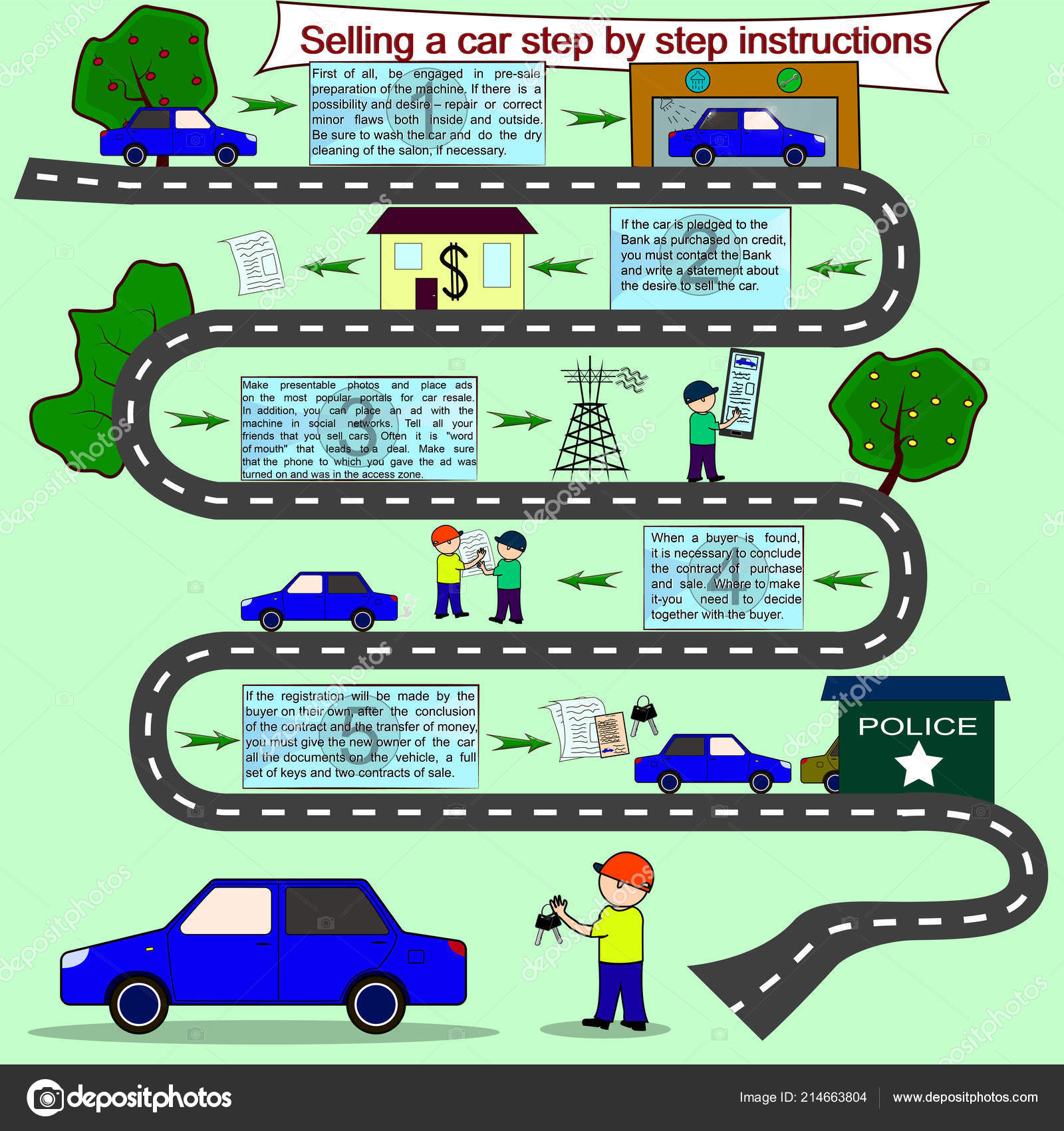Just How To Identify The Most Common Warning Lights On Your Control Panel And What They Mean
Just How To Identify The Most Common Warning Lights On Your Control Panel And What They Mean
Blog Article
Produced By-Zachariassen Hoffmann
When you lag the wheel, those control panel warning lights can be a genuine mystery. However did you understand that understanding them can conserve you from possible automobile troubles down the road? From the threatening check engine light to the subtle oil pressure warning and the ever-important battery light, every one serves as an essential signal from your vehicle. It's time to shed light on these common dashboard cautions and outfit on your own with the knowledge to navigate the roadway in advance.
Comprehending the Inspect Engine Light
When your dashboard brightens with the check engine light, it's important not to panic yet to take instant action. The check engine light acts as a warning that your automobile's onboard analysis system has actually detected a potential problem with the engine, emissions, or other essential parts. Overlooking this light can cause extra serious issues down the road, so it's important to address it without delay.
To recognize the resource of the concern activating the check engine light, you can make use of an OBD-II scanner to get the certain difficulty codes kept in your car's computer system. These codes provide useful info that can help pinpoint the underlying problem.
While some issues triggering the check engine light might be minor, such as a loose gas cap, others could suggest more significant concerns that require specialist interest.
Translating the Oil Stress Caution
Upon experiencing the oil pressure cautioning light on your dashboard, instant interest is essential. https://www.motorbiscuit.com/7-car-sounds-you-cant-ignore/ suggests that the oil stress in your engine might be as well low, which can result in serious engine damages otherwise attended to immediately. Low oil stress can be triggered by a selection of issues such as a leak, a damaged oil pump, or low oil degrees. Overlooking this cautioning light might lead to expensive repairs or even engine failure.
If you see the oil pressure advising light come on, the primary step is to securely pull over to the side of the roadway and turn off your engine. Inspect the oil level utilizing the dipstick and ensure it's at the suggested degree.
If Suggested Web page is low, top it up with the suitable oil for your vehicle. If the oil degree is sufficient, don't proceed driving and look for assistance from an auto mechanic to identify and fix the problem immediately. Bear in mind, keeping appropriate oil stress is essential for the health and wellness and long life of your engine.
Translating the Battery Light
To figure out the importance of the battery light on your control panel, you need to recognize its essential role in your car's electric system. When the battery light illuminates while you're driving, it indicates that the electric system isn't receiving sufficient power from the battery.
This could be because of a falling short battery, a damaged generator, or problems with the charging system. Ignoring this alerting light can lead to your lorry stalling or being incapable to start.
If the battery light comes on, it's advised to securely pull over and have your lorry checked by an auto mechanic asap. They can perform diagnostics to pinpoint the hidden problem and avoid a prospective malfunction.
Conclusion
Since you know just how to determine one of the most common warning lights on your dashboard and what they suggest, you can address any kind of prospective problems without delay. Bear in mind, the check engine light, oil stress caution, and battery light are all important indications of your car's health. Remain educated, remain safe, and keep your vehicle running smoothly by focusing on these warning signs.
